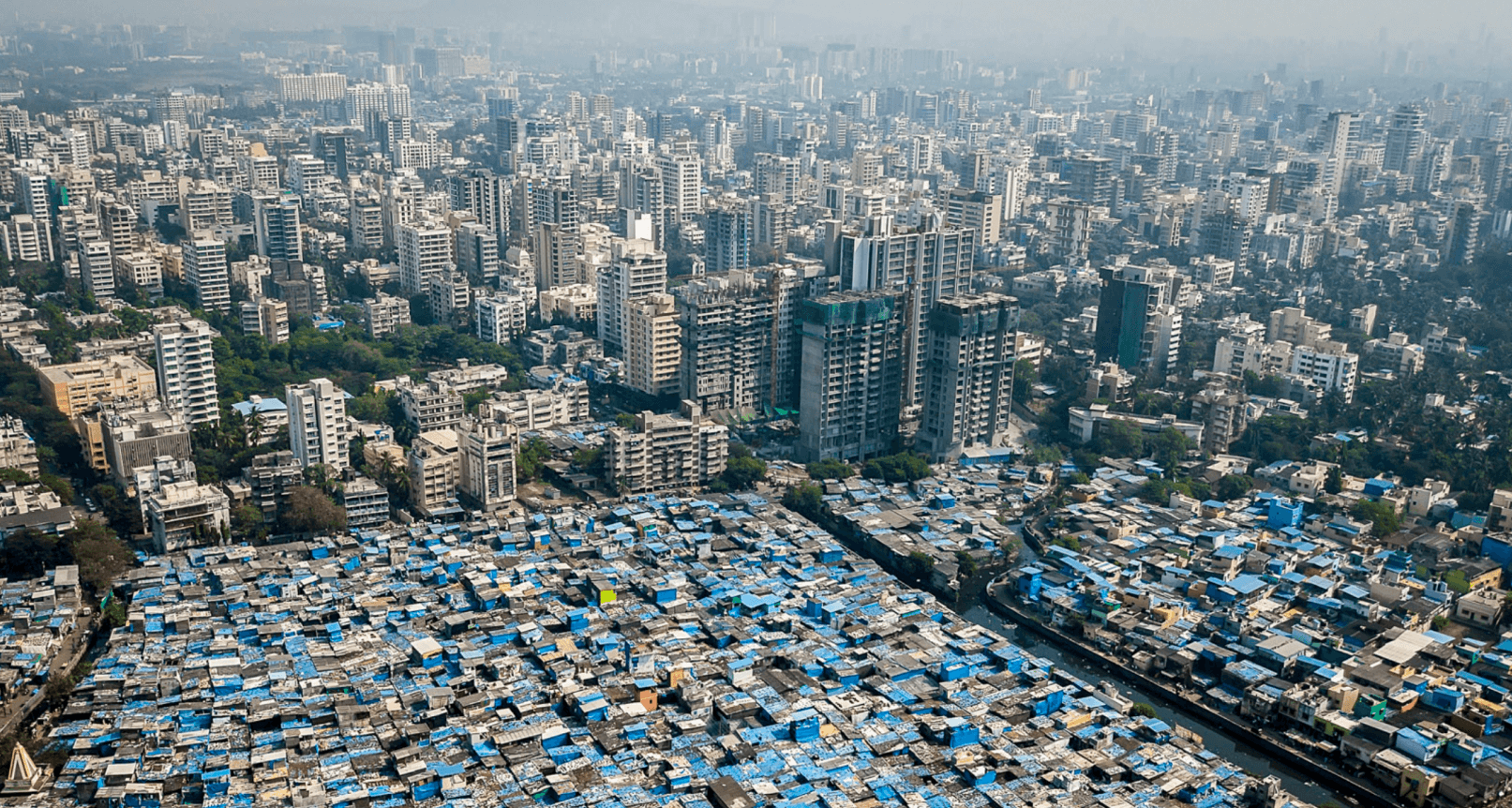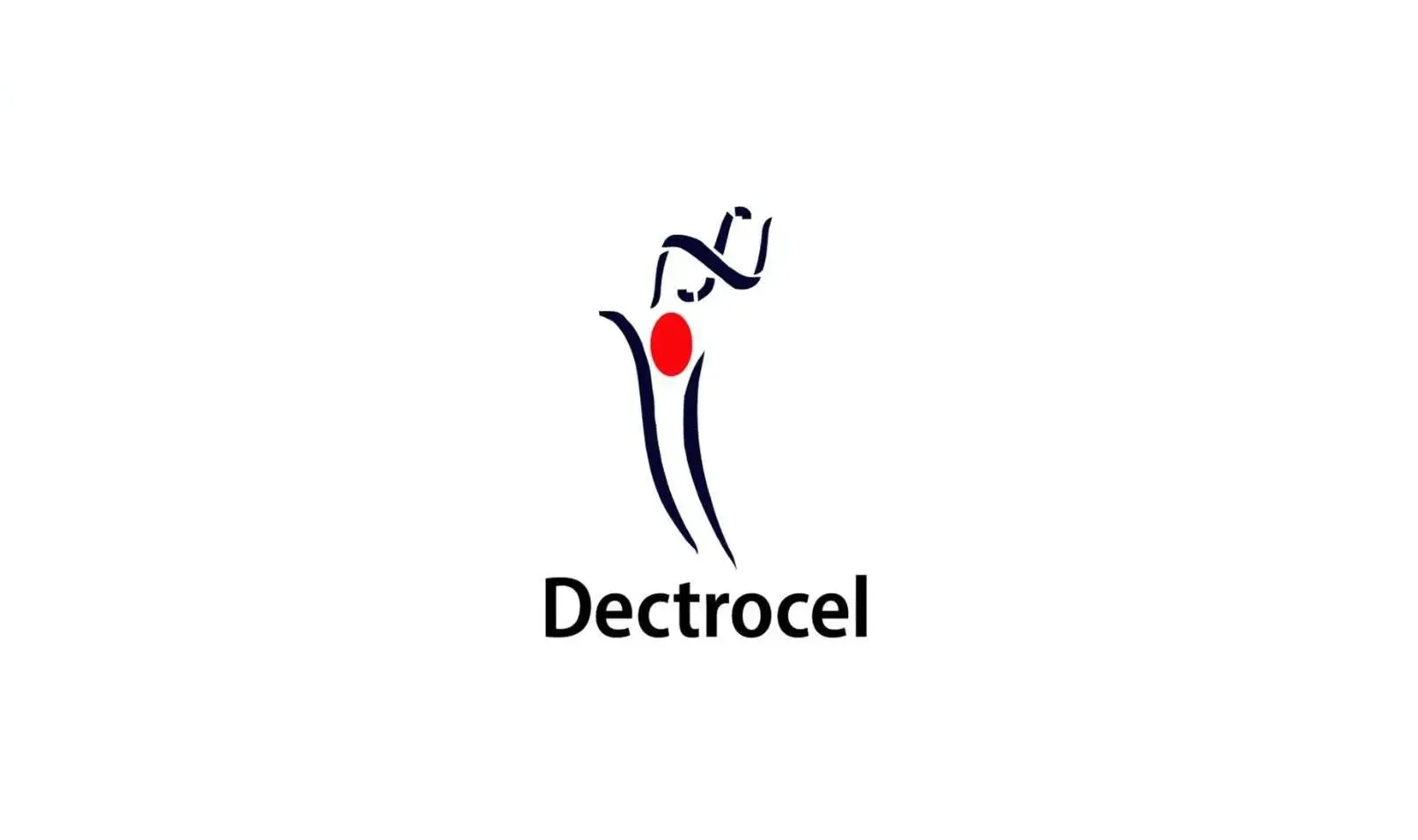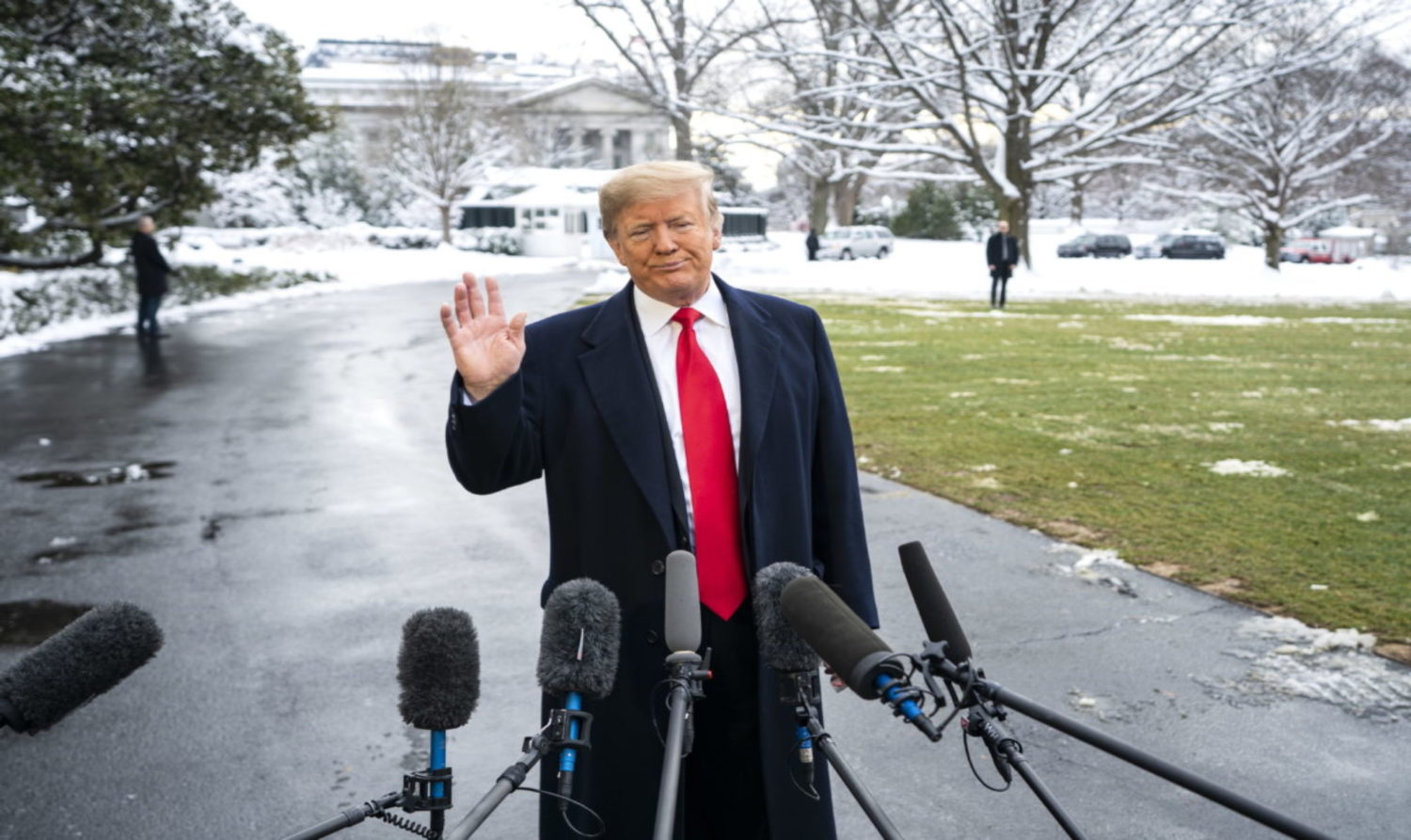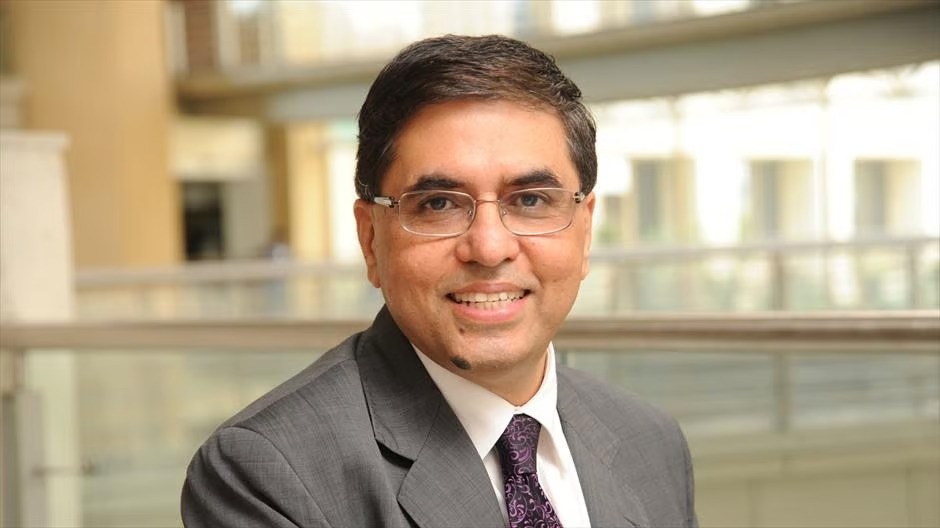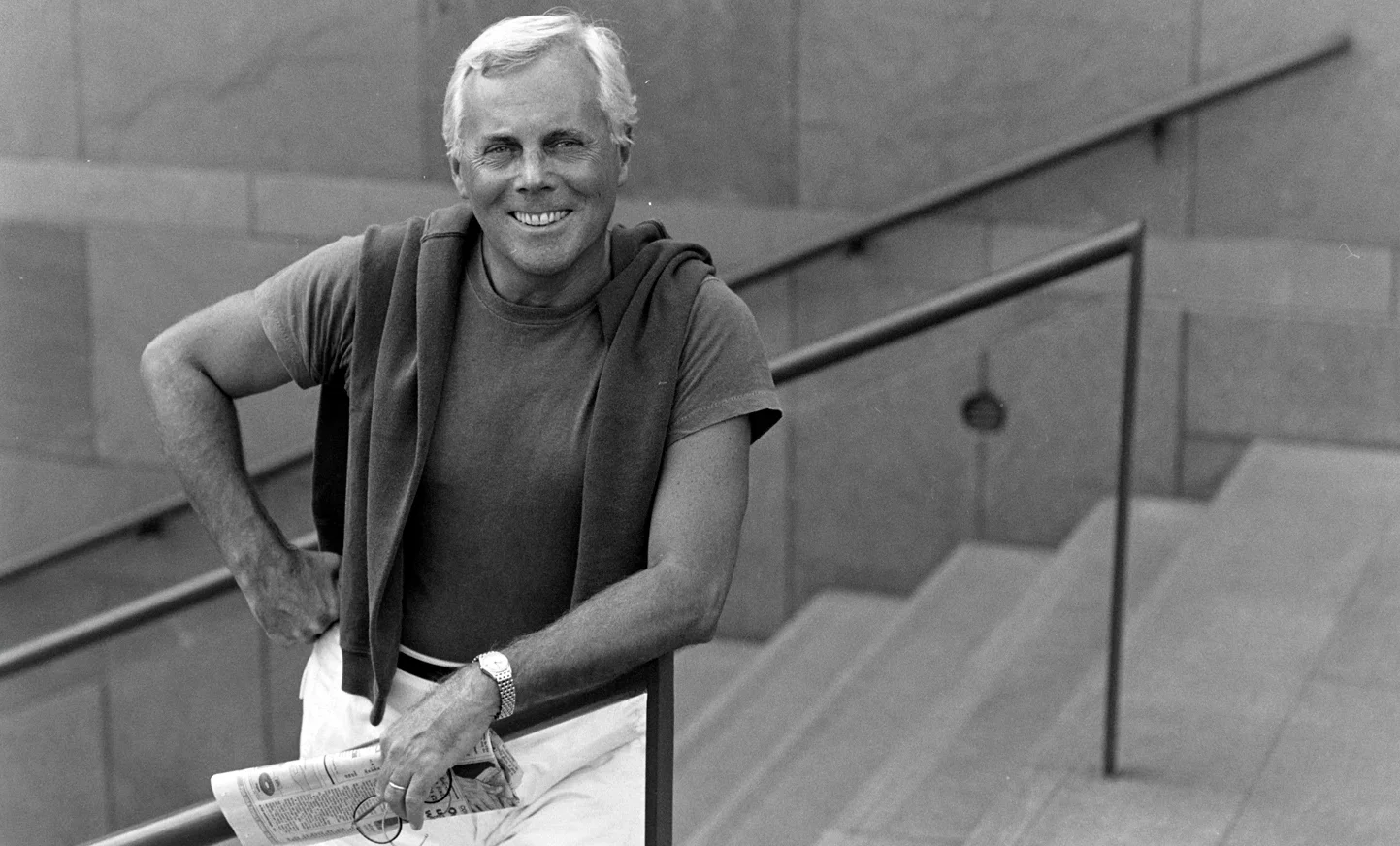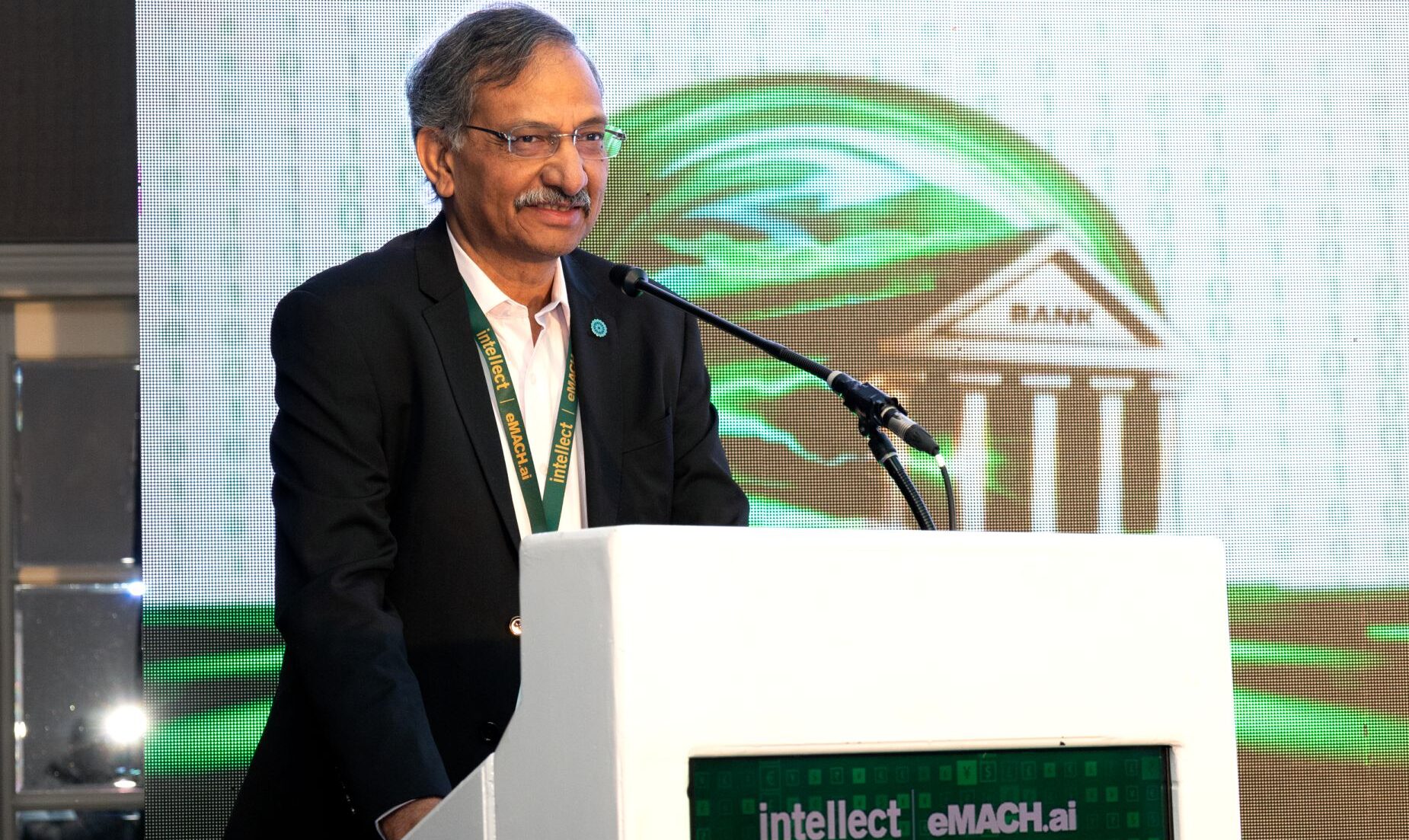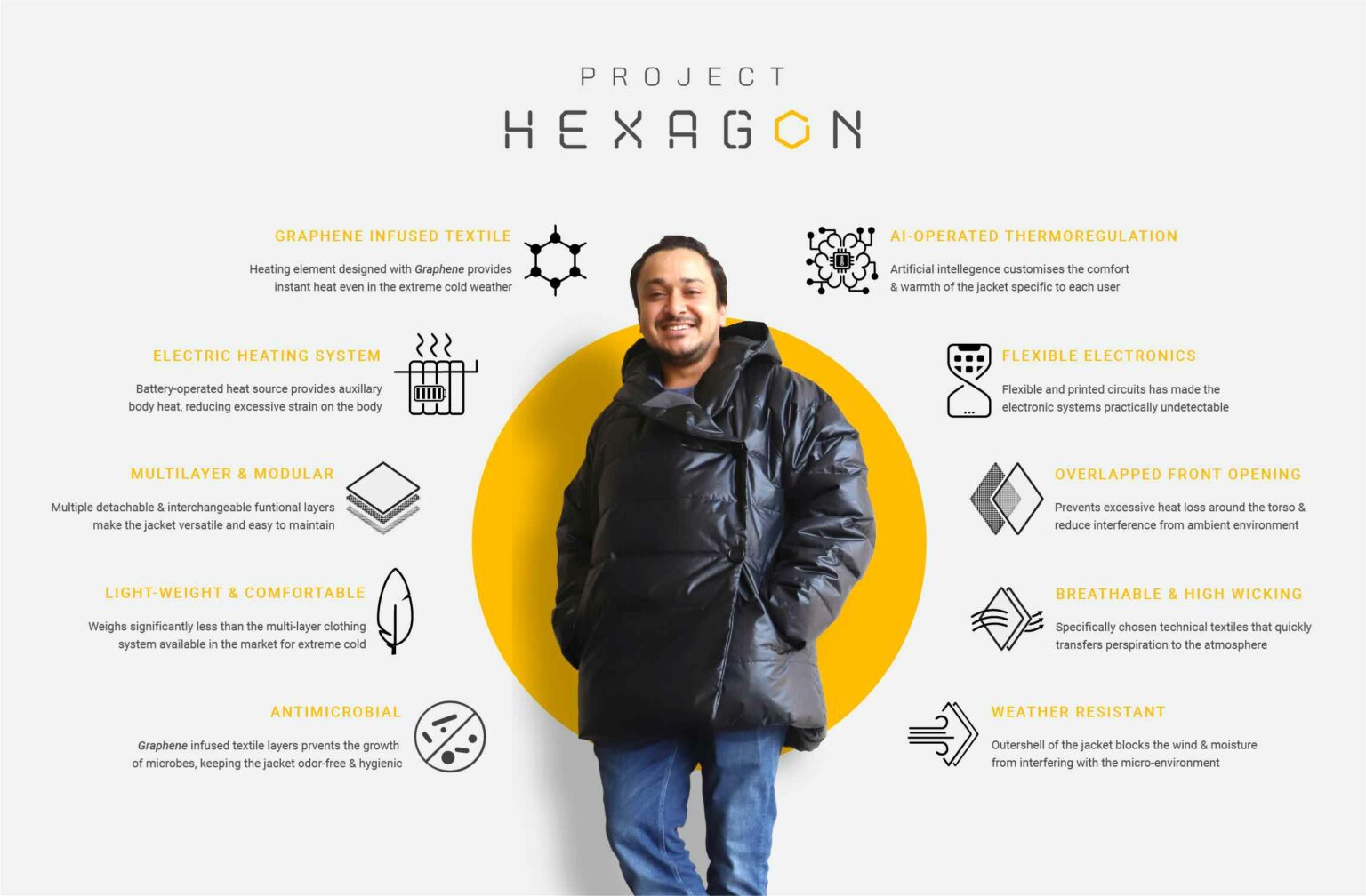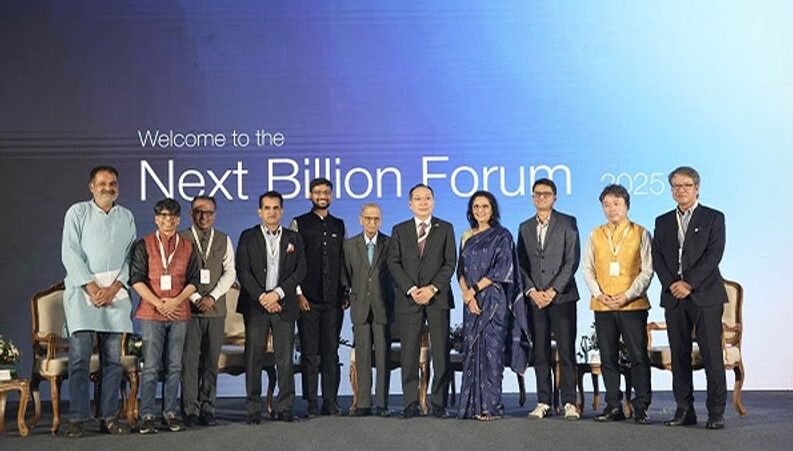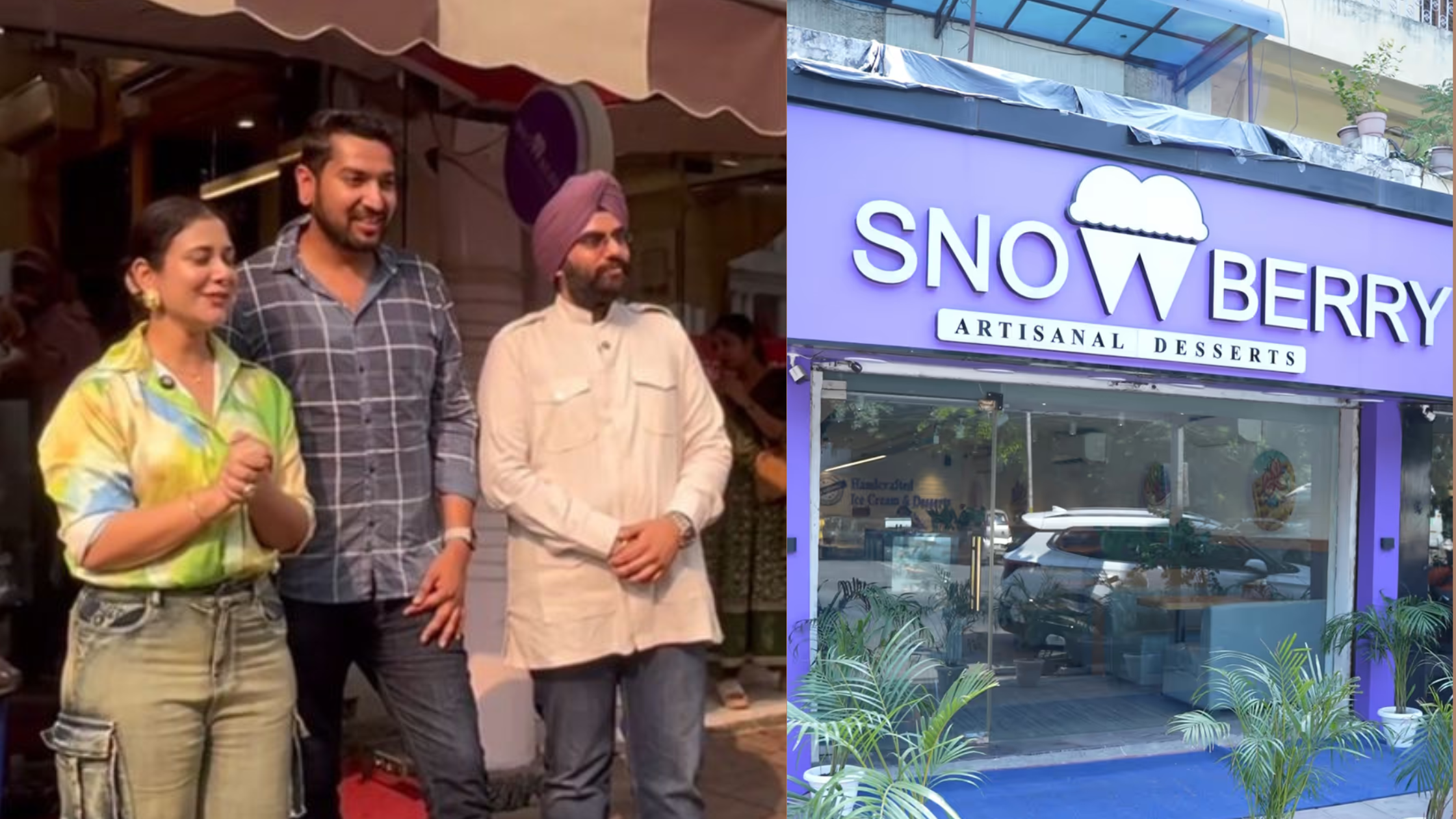In a landmark move poised to reshape one of Asia’s largest informal settlements, the Maharashtra government has approved a ₹95,790 crore master plan for Dharavi Redevelopment into a modern, inclusive, and well-connected urban hub by 2032.
This historic redevelopment, led by the special purpose vehicle Navbharat Mega Developers Pvt Ltd (NMDPL) a joint venture between the state’s Slum Rehabilitation Authority and the Adani Group’s Dharavi Redevelopment Project Pvt Ltd. is one of India’s most ambitious urban renewal initiatives to date.
Dharavi Redevelopment Master Plan : A New Vision for Dharavi
Spanning over 251 hectares (approx. 628 acres), the plan covers nearly the entire Dharavi footprint, with 174 hectares earmarked specifically for redevelopment. It promises not just new buildings, but a new life, one centered around affordable housing, integrated transport, and essential urban amenities.
The first step of this transformative journey began on January 14, 2025, with construction kicking off around railway infrastructure after necessary approvals were secured.
Housing with Dignity
Central to the project are 72,000 new tenements for eligible residents. These aren’t just homes, they’re fully equipped, hygienic spaces backed by public amenities and green areas. A total of 541.2 acres across six Mumbai zones have been earmarked for this re-housing effort. Already, land parcels in Kurla and Mulund have been handed over to the SPV, with others in Deonar, Malad, Arthur Road, and Kanjurmarg expected to follow.
Compact, Connected, and Human-Centric
At the heart of the vision lies a Multi Modal Transport Hub (MMTH), planned and managed by the Mumbai Metropolitan Region Development Authority (MMRDA). This will ensure seamless mobility, with Level 1 connecting Mahim and Sion, and Level 2 linking up to Mumbai Metro Lines 8 and 11. The redevelopment follows the “15-minute city” model, aiming to provide schools, clinics, parks, and workplaces within short walking distances.
“The Dharavi development project is a unique opportunity to transform the lives and live-work conditions of Dharavikars,” stated the NMDPL, underscoring their commitment to uplift communities through infrastructure and dignity.
Challenges Acknowledged, Community at the Core
While optimism is high, the path is not without resistance. Survey teams have faced pushback in neighborhoods like Kumbharwada and from owners of private slum land. Additionally, proposals to relocate some families to distant suburbs like Mulund have drawn protests from residents concerned about cultural dislocation and livelihood loss.

A door-to-door verification survey is presently being conducted to make sure that no legitimate occupant is left behind, and authorities have stressed that the resettlement process will be participatory in order to allay these worries.
An Aspirational Leap for Urban India
Dharavi has long been symbolic of Mumbai’s contrasts: grit and innovation amid deprivation. With this transformation plan, the city is attempting to rewrite that legacy, not by erasing Dharavi’s past, but by building on its human capital and resilience.
If implemented as promised, the Dharavi Redevelopment Project could emerge as a model for inclusive urban growth across India, marrying economic ambition with social responsibility. By 2032, a place once synonymous with overcrowded shanties could proudly stand as India’s showcase of smart, humane, and equitable urban living.
Also Read: Zerodha Capital Posts Strong ₹12.5 Crore Profit in FY25









